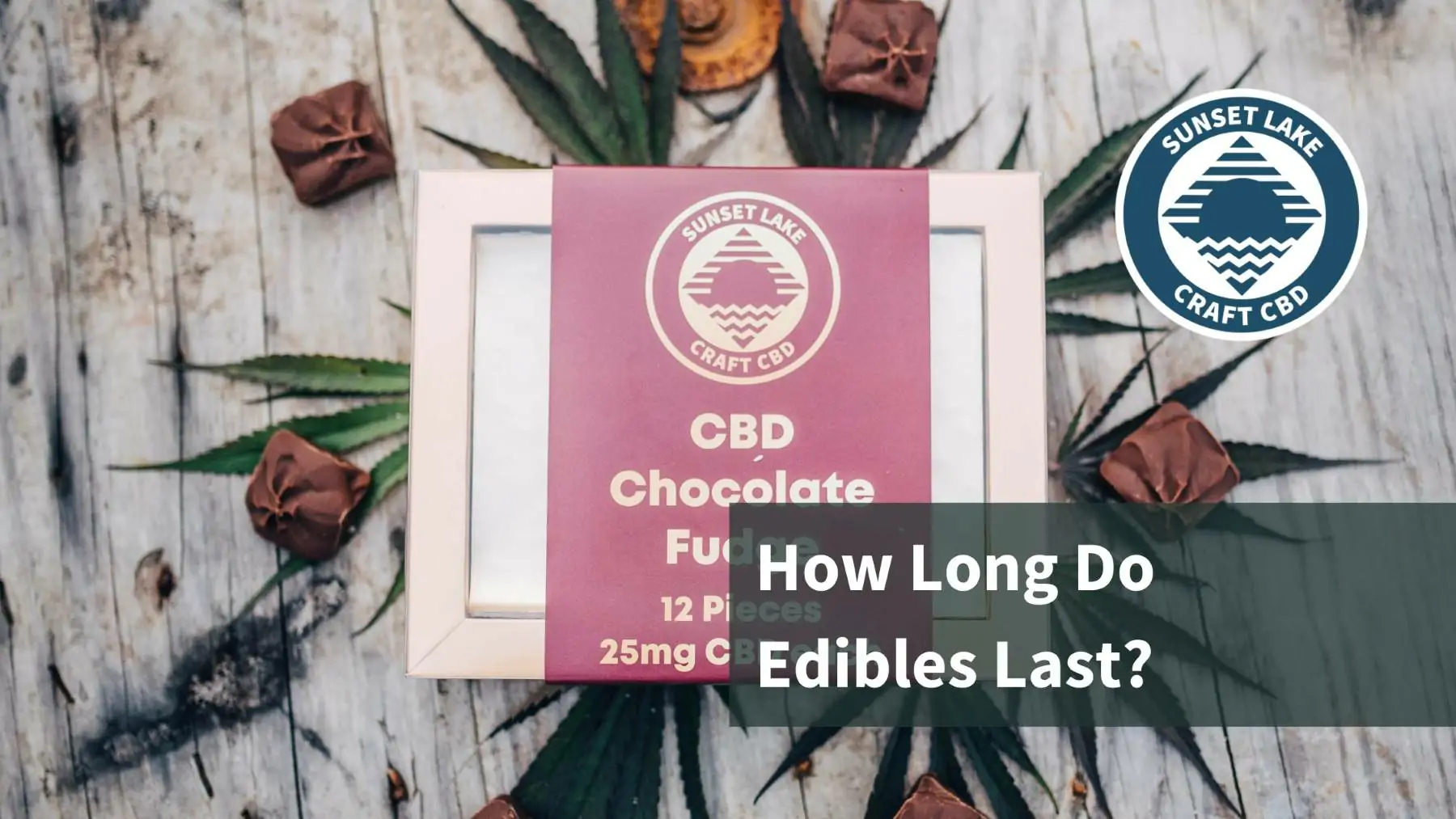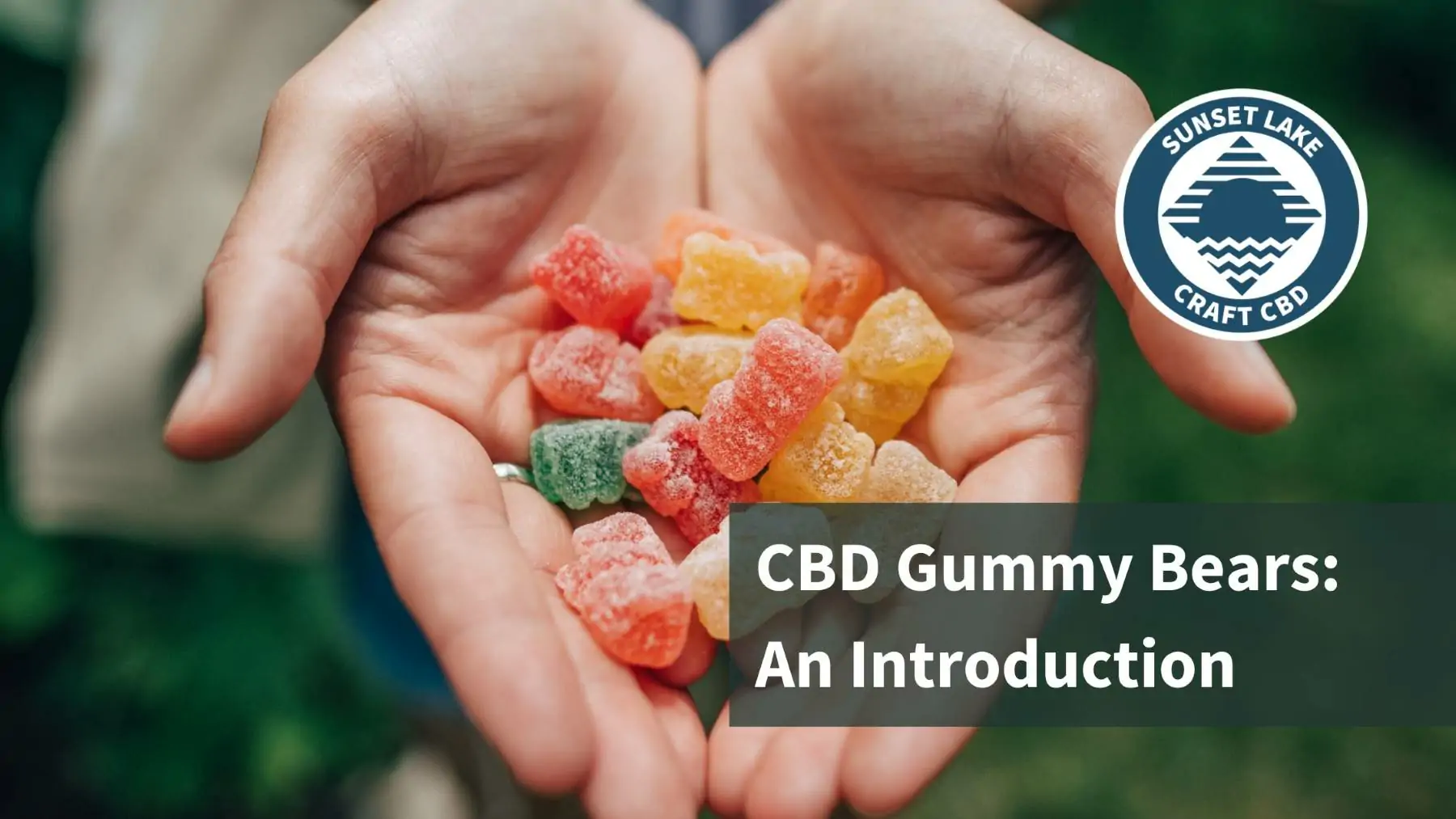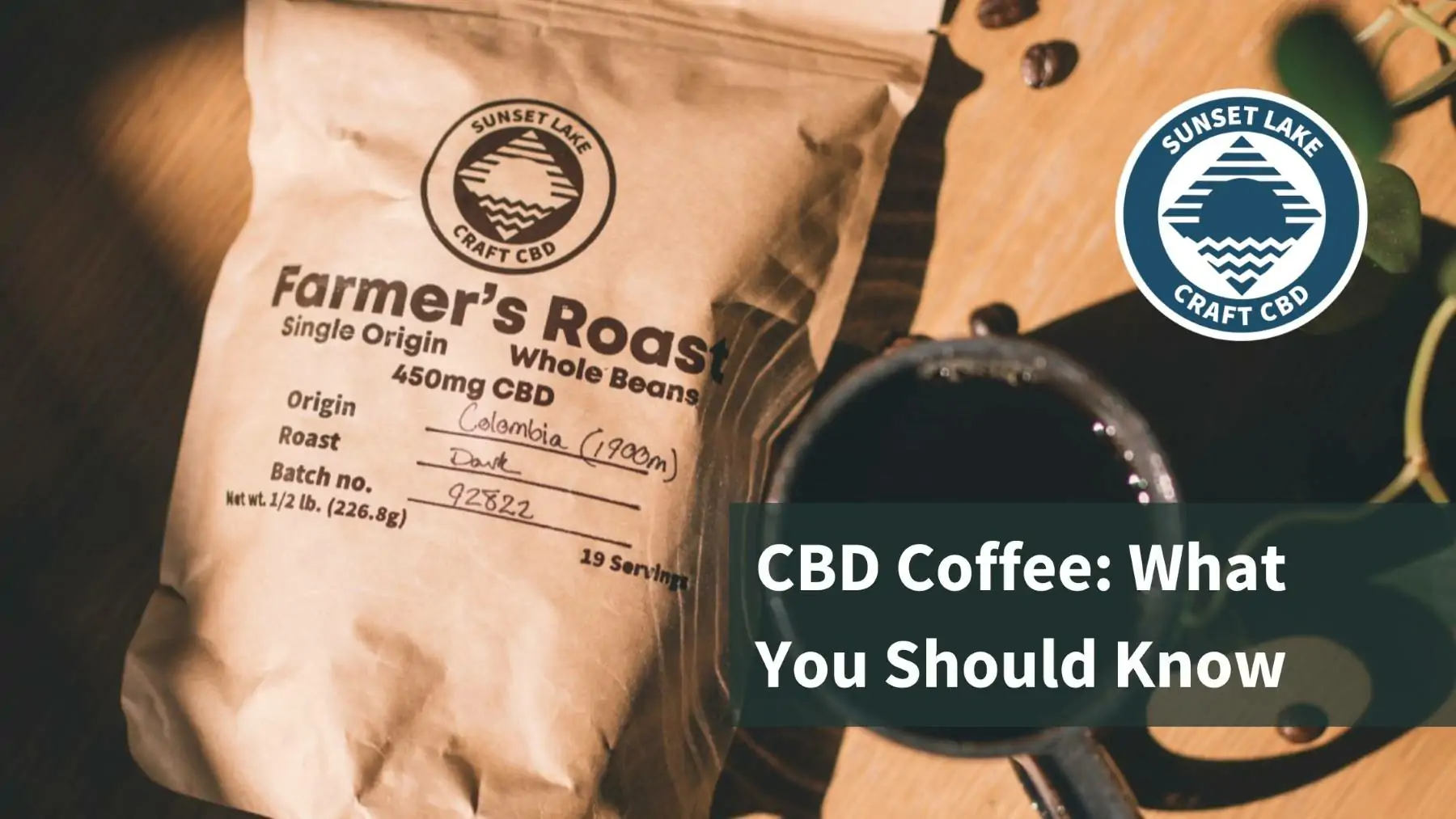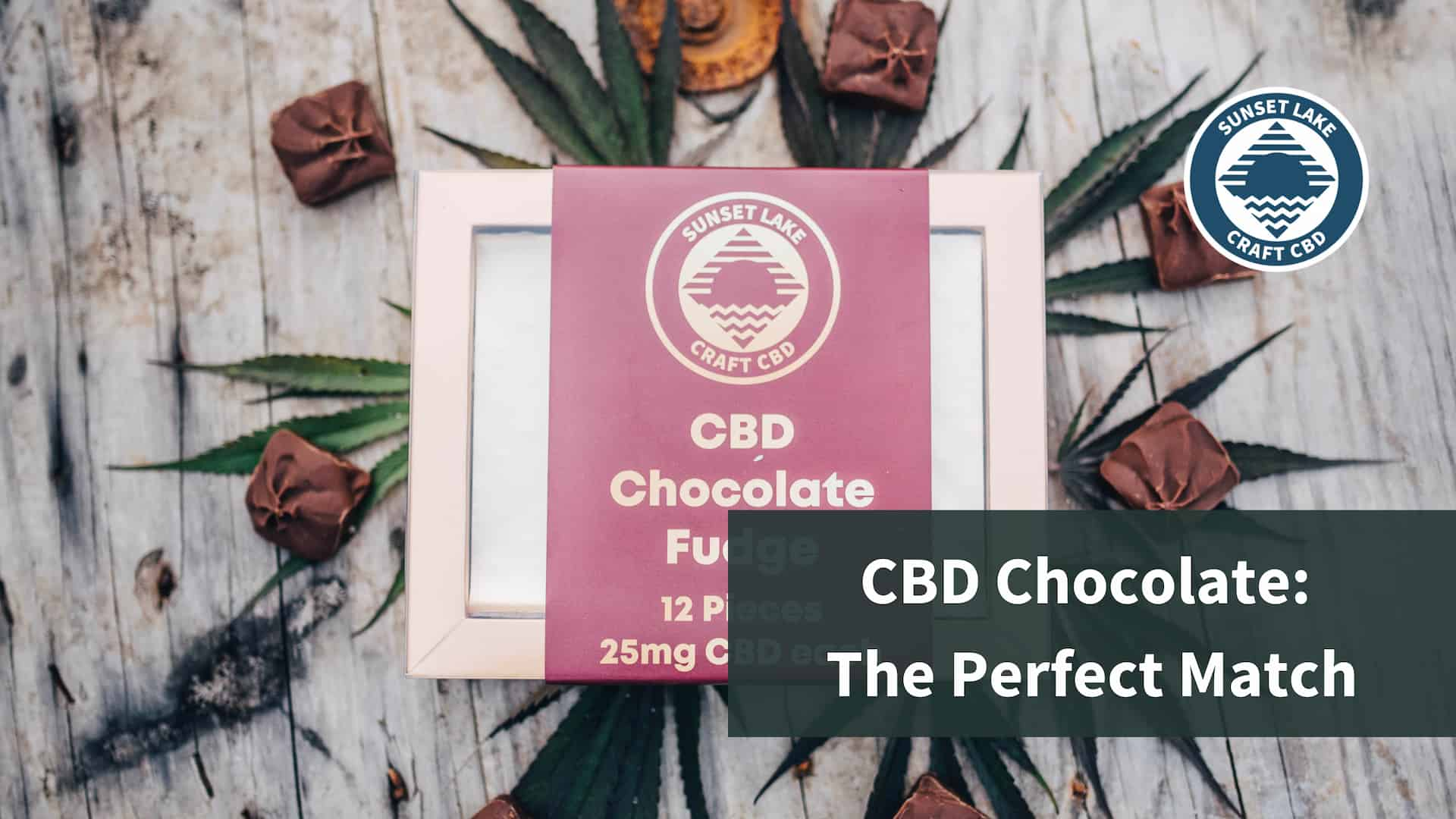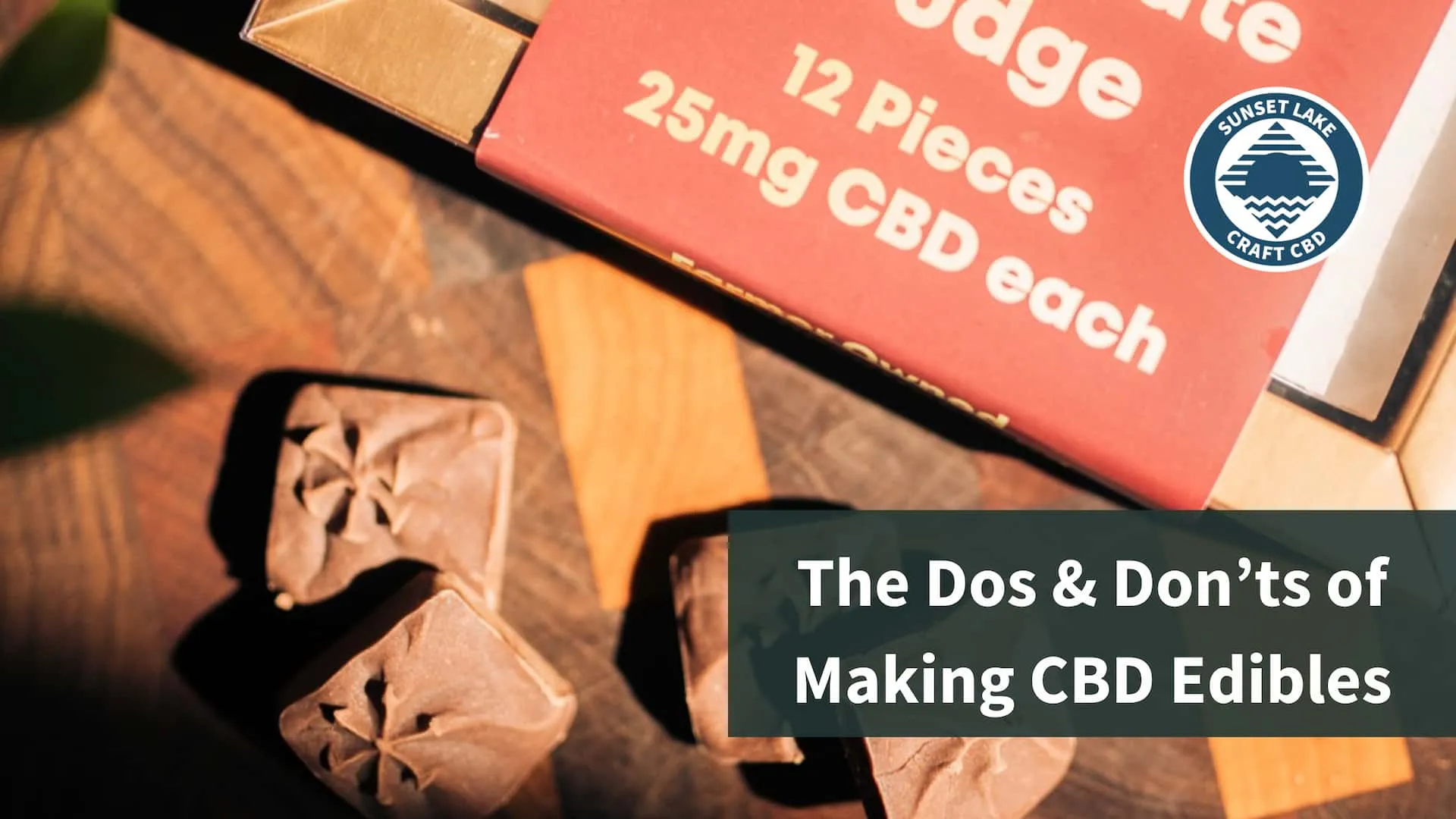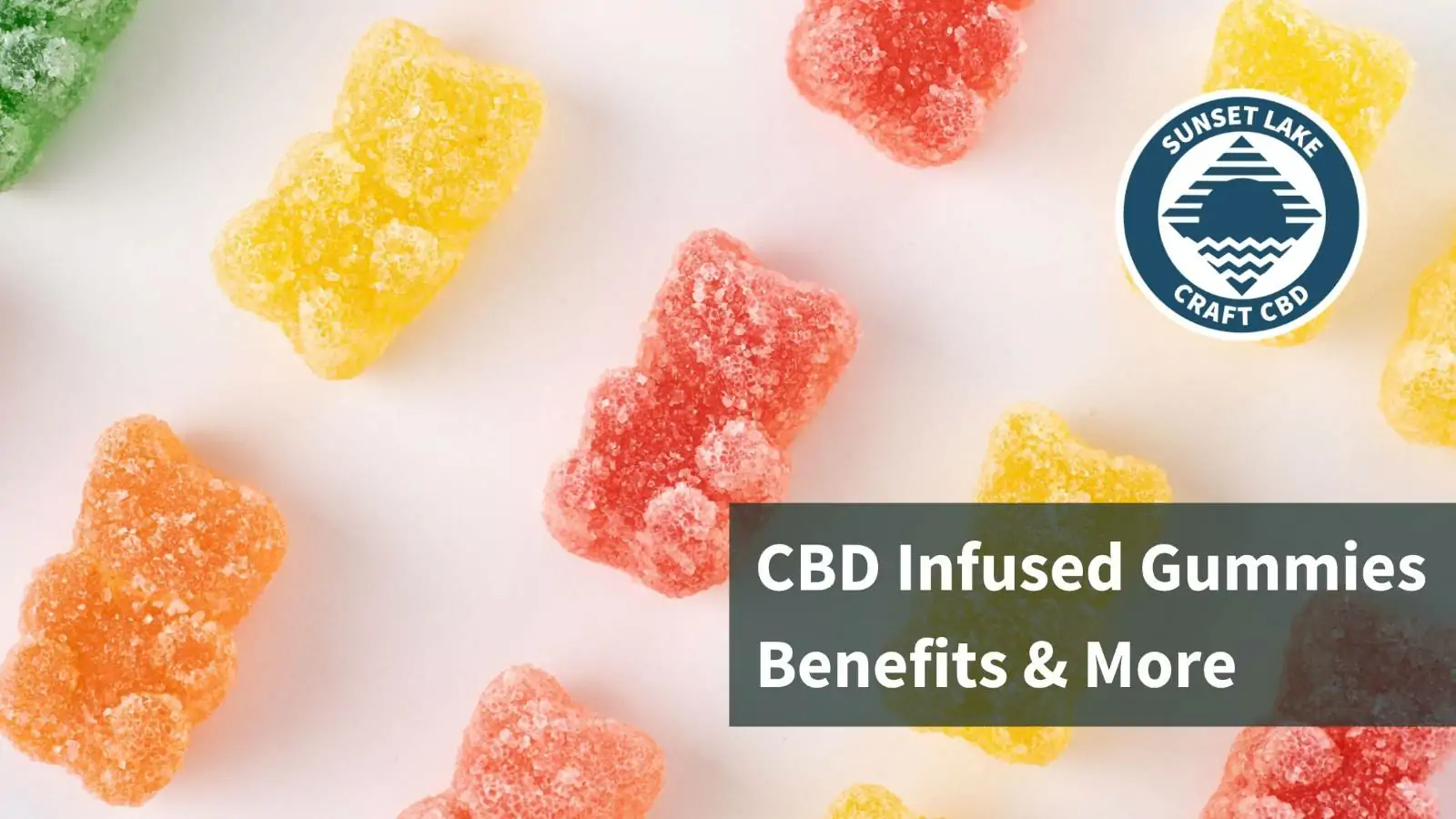No products in the cart.
CBD and cannabis edibles are a popular choice for many seeking the therapeutic benefits of cannabinoids. Not only are edibles—foods and drinks infused with cannabinoids—a more tasty and discreet way of consuming CBD and cannabis, but their effects also last longer. Long-lasting effects can be a double-edged sword, though.
Understanding how the body processes edibles is crucial for safe and effective consumption. In this post, we’ll discuss why edibles last much longer than other cannabinoid ingestion methods and walk you through the edible digestion process step-by-step. We will also compare the effects and duration of edibles with other methods of cannabinoid consumption, providing a comprehensive understanding of why edibles stand out.
Why Edibles Last Longer
Edibles are a peculiar class of cannabinoid consumption because not only do they last longer than other methods like smoking and sublingual (taken under the tongue), but they also take the longest to kick in. The two are somewhat related.
Edibles take longer to kick in because the cannabinoids must pass from our digestive system into our bloodstream. They do so by passing through our intestinal walls, which can take some time. Thankfully, our intestinal walls aren’t the most porous. This gradual dosing into our bloodstreams is partly the reason the come-up on cannabinoid edibles takes a while.
The other reason edibles last so long is how our livers process the cannabinoids once they enter our bloodstream. When we eat cannabinoids, our liver processes them into more potent metabolites. For example, when we eat certain cannabinoids like THC, our liver changes them into cannabinoid metabolites that are 5 to 7 times stronger.
Couple these two facts with variations in individual metabolisms, and it’s easy to see how the effects of edibles can last an average of 6 to 8 hours. Depending on dosage, the effects of edibles can last upwards of 24 hours.
Comparison with Smoking and Vaping
Smoking and vaping, on the other hand, introduce cannabinoids directly into the bloodstream through the lungs. This method bypasses the digestive system, leading to a much quicker onset of effects—usually within minutes. However, these effects also dissipate more quickly, typically lasting only 2 to 3 hours. This rapid onset and shorter duration can be preferable for users seeking immediate relief, but it lacks the sustained therapeutic benefits that edibles provide.
The Edible Digestion Process: A Step-by-Step Guide
1. Ingestion
Everyone’s cannabinoid edible journey begins at the ingestion stage. Unlike the edibles of yesteryear, today’s edibles come in all shapes and sizes—baked goods, candy, ice cream, sodas, you name it.
2. Digestion
Once you eat your dose, the edible travels to your stomach and intestines. Here, the cannabinoids are chemically released from the food (or drink) and absorbed into your bloodstream via your intestinal walls. Note that cannabinoid-infused beverages are faster-acting than edibles. This is because they do not require extensive digestion and can be more readily absorbed by the intestines.
3. First-Pass Metabolism
After the cannabinoids find their way into your bloodstream, they undergo “first-pass” metabolism. This is when your liver converts a handful of cannabinoids, like THC, into more potent versions. THC turns into 11-hydroxy-THC, a powerful form of THC that can have stronger psychoactive effects. First-pass metabolism is unique to edibles and is a significant factor in why their effects are prolonged.
4. Distribution
After your liver converts the cannabinoids to super-strong versions of themselves, your bloodstream distributes them throughout your body. The cannabinoids find the CB1 and CB2 receptors throughout your body and influence various bodily processes. These receptors are part of the endocannabinoid system, which plays a crucial role in regulating mood, pain, appetite, and other physiological functions.
5. Effects
As the edible cannabinoids reach your CB1 and CB2 receptors, you’ll start to feel the effects. The longevity of effects can vary based on several factors, including individual metabolism, current medications, dose, and whether the edible was eaten with or without a meal. Eating edibles with a meal can slow the absorption rate, leading to a more gradual and prolonged effect, while consuming edibles on an empty stomach can result in a quicker onset but potentially overwhelming experience.
6. Elimination
When your endocannabinoid system metabolizes cannabinoids, they are discarded from your body through various waste products. Some metabolites can take longer to remove from your bloodstream, which is why drug tests can find cannabis and THC metabolites weeks after use. This prolonged presence in the body underscores the importance of mindful consumption, especially for those subject to drug screenings.
Factors Influencing the Duration of Edible Effects
Metabolism
Individual metabolism plays a significant role in how quickly and efficiently your body processes cannabinoids. Those with faster metabolisms may feel the effects sooner, but they might also wear off more quickly compared to individuals with slower metabolisms.
Dosage
The amount of cannabinoids consumed directly affects the duration of effects. Higher doses generally result in longer-lasting effects. However, it’s crucial to start with a low dose, especially for beginners, to avoid overconsumption and potential adverse effects.
Meal Timing
Consuming edibles with a meal can lead to a slower absorption rate, resulting in more gradual and sustained effects. On the other hand, consuming edibles on an empty stomach can lead to a quicker onset of effects, which might be too intense for some users.
Individual Tolerance
Tolerance levels vary among users. Regular consumers of cannabis may have higher tolerance levels, requiring higher doses to achieve the desired effects, while infrequent users or beginners should start with lower doses.
Best Practices for Consuming Edibles
To ensure a safe and enjoyable experience with edibles, consider the following best practices:
- Start Low and Go Slow: Begin with a low dose (5mg or less of THC) and wait at least 2 hours before considering another dose. This helps avoid overconsumption and ensures you can gauge your body’s reaction.
- Consume with Food: Eating edibles with a meal can help with more gradual absorption, leading to a longer-lasting and more controlled experience.
- Stay Hydrated: Drink plenty of water before, during, and after consuming edibles to stay hydrated and help mitigate any potential side effects like dry mouth.
- Be Patient: Unlike smoking or vaping, edibles take time to kick in. Be patient and resist the urge to consume more if you don’t feel the effects immediately.
- Know Your Tolerance: Understand your tolerance level and adjust your dosage accordingly. Regular users may require higher doses, while beginners should start with minimal amounts.
Comparing Edibles with Other Consumption Methods
Sublingual Consumption
Sublingual consumption involves placing cannabinoid-infused tinctures or oils under the tongue, where they are absorbed directly into the bloodstream through the mucous membranes. This method provides quicker onset (within 15-30 minutes) compared to edibles but still offers a relatively long duration of effects (4-6 hours). It’s a middle ground between the fast-acting effects of smoking and the prolonged effects of edibles.
Topical Applications
Topical applications involve applying cannabinoid-infused creams, balms, or oils directly to the skin. This method is used primarily for localized relief of pain or inflammation and does not produce psychoactive effects. The onset of effects can vary but generally occurs within 15-30 minutes and can last for several hours.
FAQs
Why do edibles take longer to kick in than smoking or vaping?
- Edibles take longer to kick in because they must pass through the digestive system before entering the bloodstream, which delays the onset of effects.
How long do the effects of edibles typically last?
- The effects of edibles can last an average of 6 to 8 hours, with some effects lasting up to 24 hours depending on the dosage and individual metabolism.
Can drinking cannabinoid-infused beverages result in faster effects compared to solid edibles?
- Yes, cannabinoid-infused beverages are absorbed more quickly by the intestines, resulting in faster onset of effects compared to solid edibles.
What factors influence the duration of edible effects?
- Factors such as individual metabolism, current medications, dosage, and whether the edible was consumed with or without a meal can influence the duration of effects.
Is it safe to consume multiple doses of edibles if the effects are not felt immediately?
- It is recommended to start with a low dose and wait for the effects before consuming more, as overindulgence can lead to unpleasant experiences.

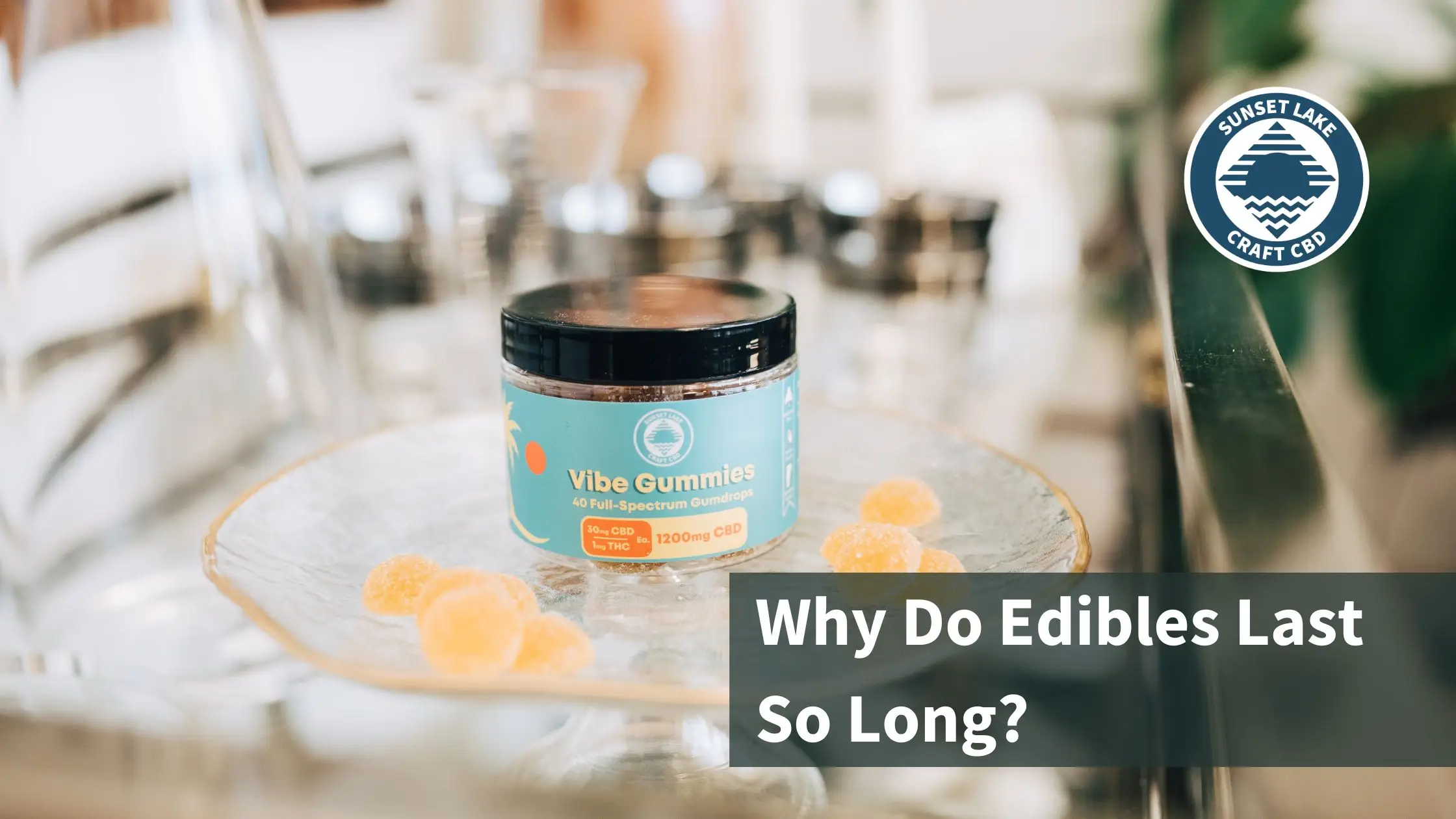

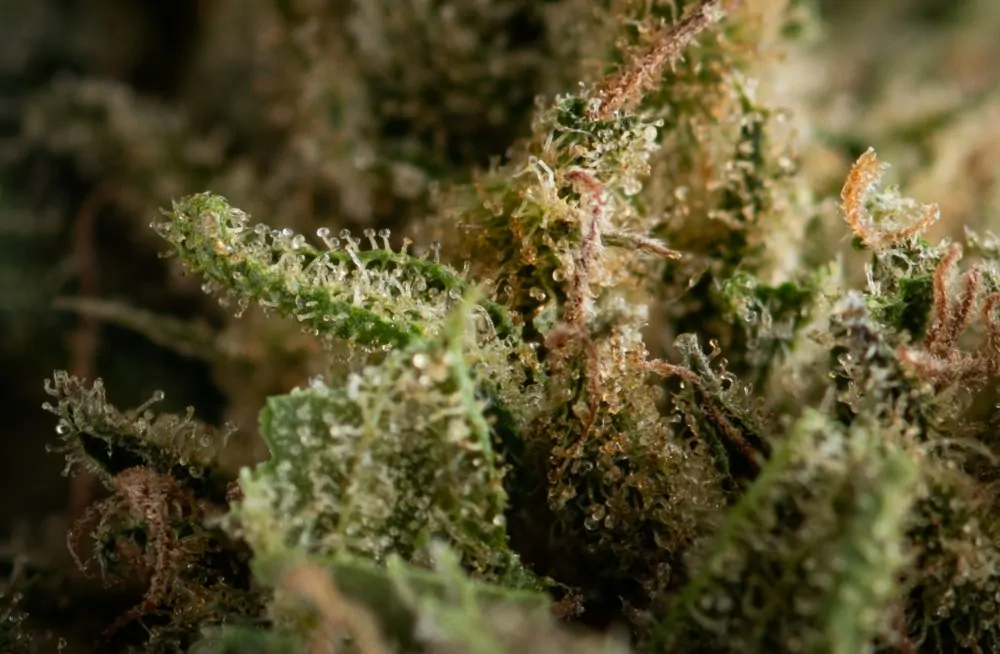
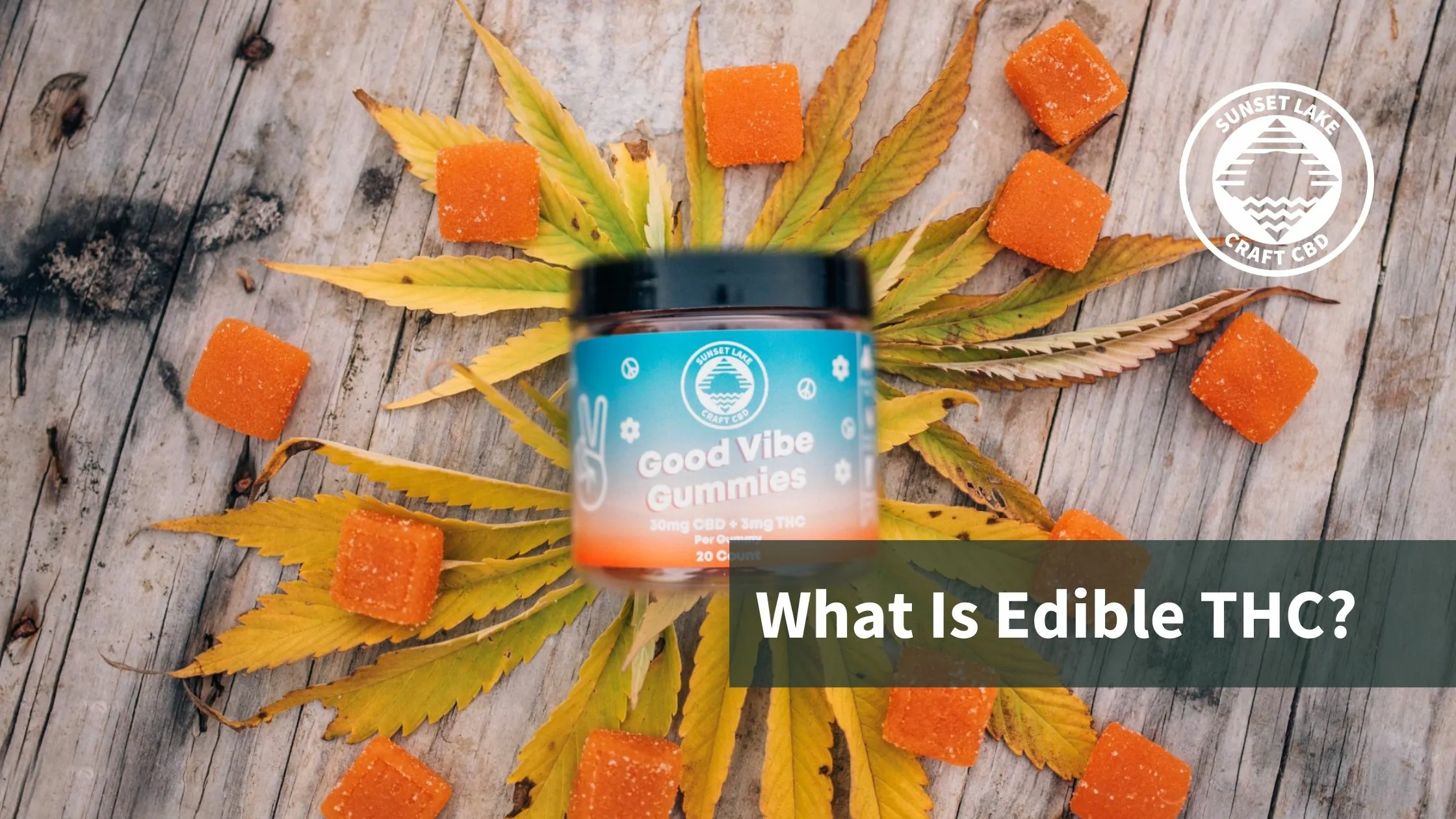
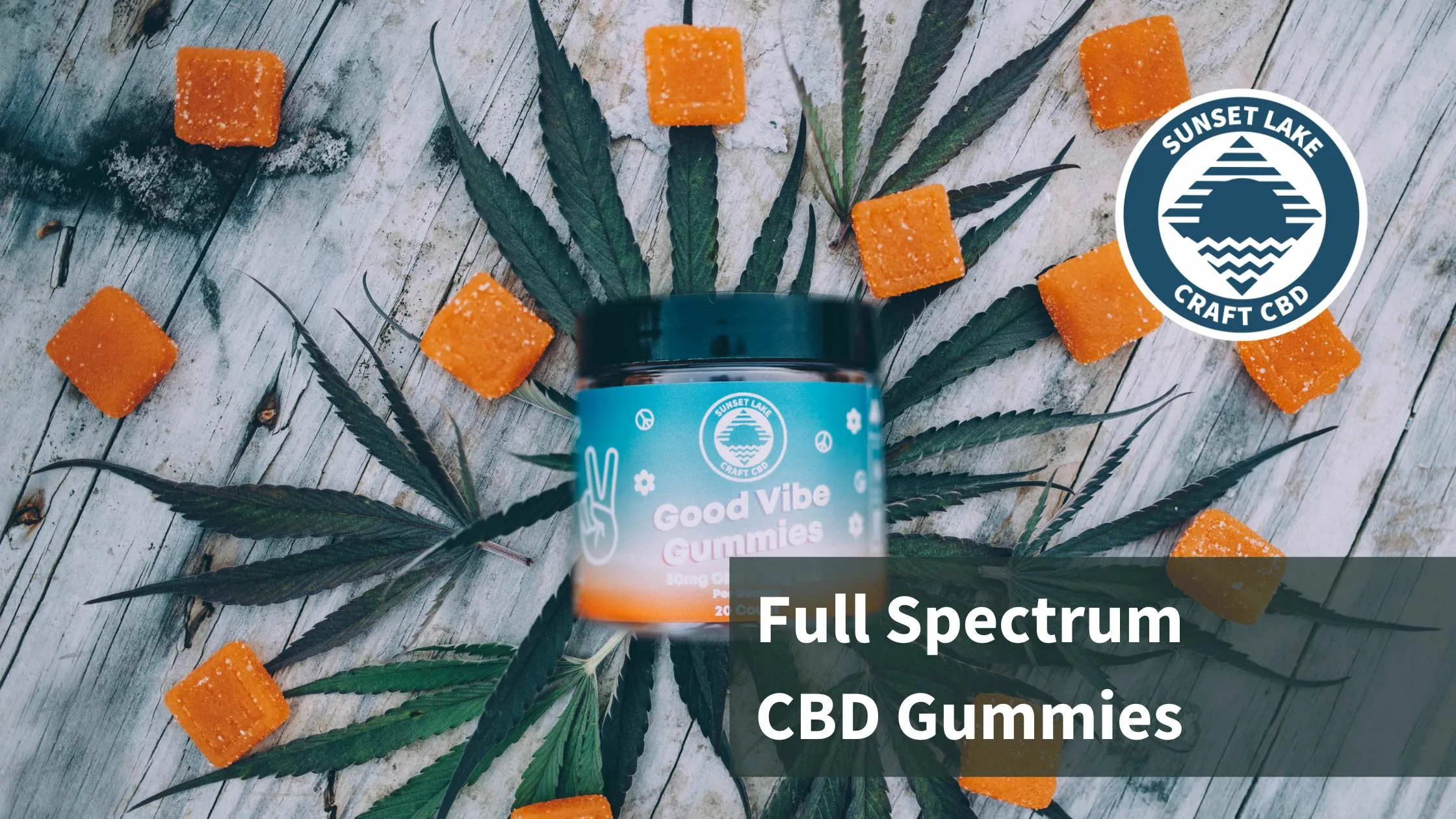
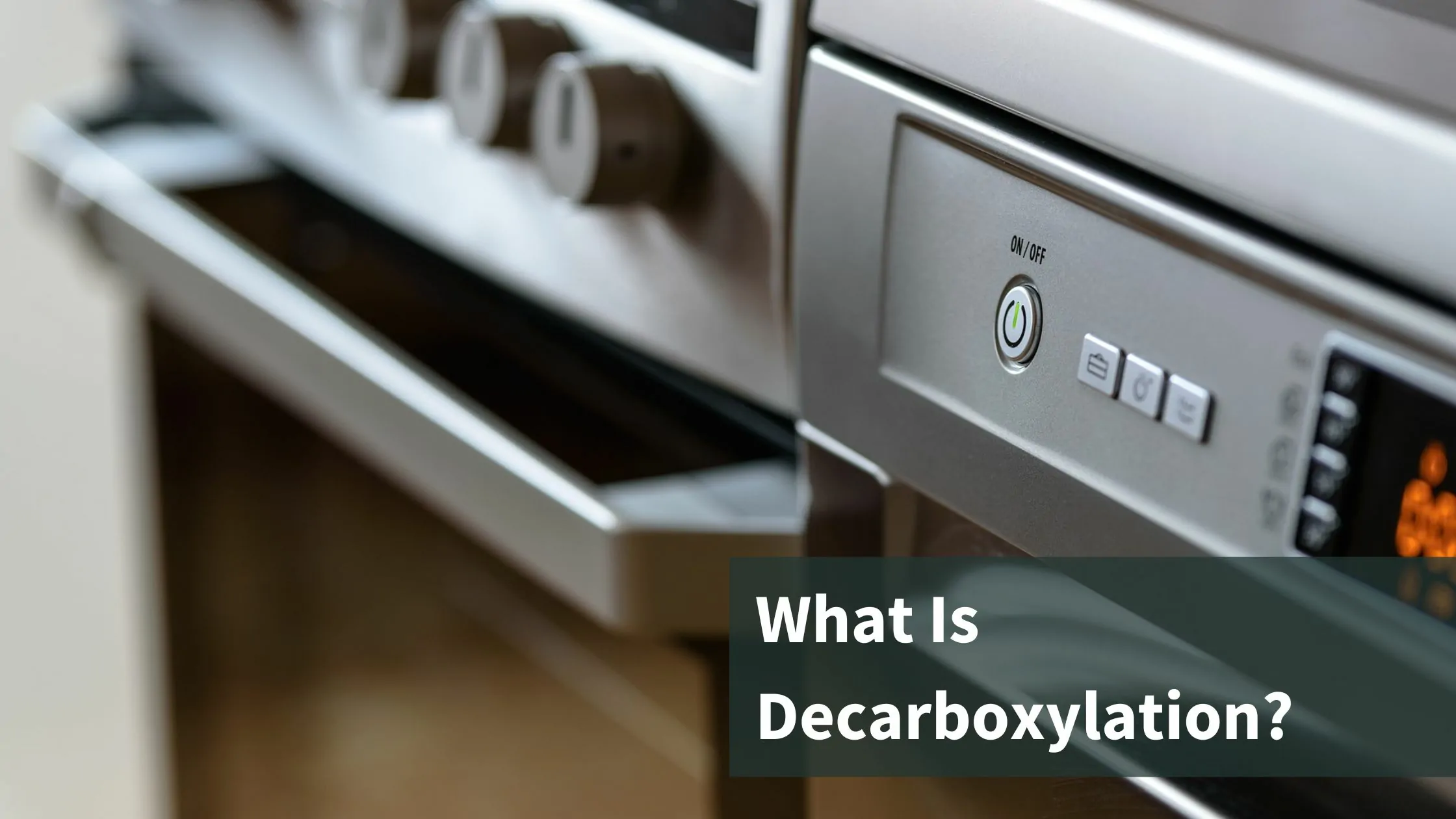
![What Are CBN Gummies and What Do They Do? [A Comprehensive Guide]](https://sunsetlakecbd.com/wp-content/webp-express/webp-images/uploads/2022/02/What-are-CBN-Gummies-.jpg.webp)
